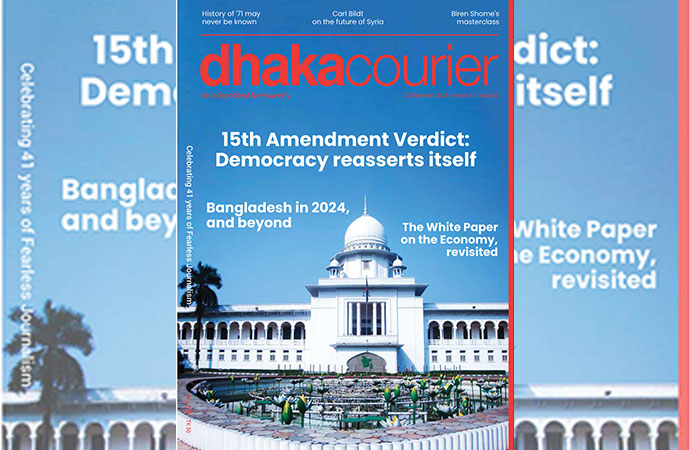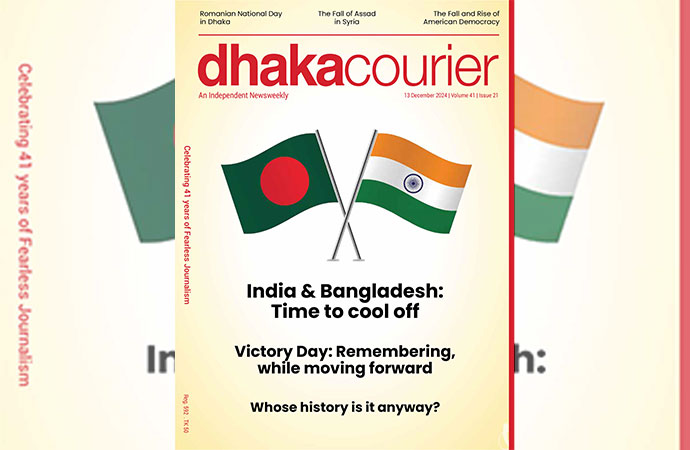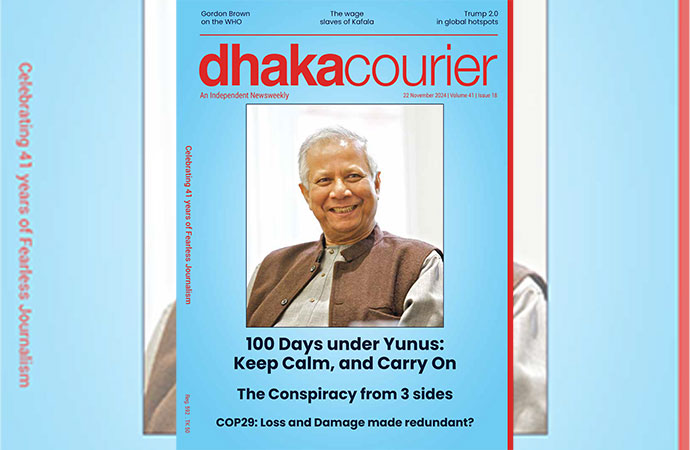Essays

Creativity is one of the most important characteristics of being human. It is one of the main traits that make us successful as individuals as well as a species. We constantly need new and better ideas for almost every aspect of our personal and professional lives. Hence, creativity is an essential skill for the 21st Century that helps us in solving different types of problems that may arise in different areas of our work and life. Research shows that all people are creative; however their creativity needs to be nurtured. Each year, graduate research students at the International Center for Studies in Creativity (ICSC) at the State University of New York (SUNY), Buffalo State ask and examine a big question in creativity. The book "Big Questions in Creativity 2017" is mainly a compilation of the best papers authored by the researchers, showcasing their first works from the field of creativity.
The book contains 12 chapters grouped into three themes: i) organizational creativity, ii) personal creativity, and iii) creativity in society. In the first chapter, Andrés Mejía-Villa (a professor of strategic management and innovation at the University of La Sabana, Bogotá, Colombia) attempts to answer the question: What might be the design of a new generation of innovation models? The last three decades, the author observes, have seen a growing body of literature on the topic of creativity and innovation. This paper describes the contribution that creativity makes to innovation; explains what comprises creativity and innovation models; identifies their approaches, similarities, and differences; and lists their complementary attributes.
The next paper "Are the other benefits of group creativity practices just as important as good ideas?", by David Eyman (International Center for Studies in Creativity at SUNY, Buffalo State), explores the possibility that additional benefits of group creativity processes-specifically brainstorming-might hold a value that equals or exceeds that of good ideas. It also describes how to determine what additional outcomes of group creativity might be achieved. More specifically, this paper reviews six additional outcomes of brainstorming: consensus building, team building, post-session ideas, engagement, motivation, and depth of understanding.
In the third chapter Amy Frazier attempts to examine the natural relationships between creativity and leadership. Creativity and strong leadership are highly desired qualities which fortify us in the face of change, bring us energy, purpose, drive and satisfaction, and serve as an inspiration to others. The author mentions a recent global executive survey which identified the task of "embodying creative leadership" as the foremost directive for leaders seeking to thrive in an increasingly complex global landscape (IBM, 2010). In delving into the question of the connection between creativity and leadership, this paper reviews some of the related cognitive and affective mechanisms involved; provides examples of areas where the two constructs work in tandem; and explores the nature of self-development and internal focus as they pertain to the embodiment of creative leadership.
In the next chapter "What if we view our education system as an ecosystem?", Kathryn P. Haydon introduces the Creative Learning Ecosystems model, which was developed using a bio-mimetic approach to education innovation. The model proposes a foundational structure from which the ideals of creative learning may be realized systemically on a micro or a macro scale. The author articulates the foundational creative learning framework, provides background on the systems model of creativity from which the model is derived, and translates this model into terminology and components related to education.
In the subsequent three chapters (i.e. chapters 5, 6, and 7) the authors attempt to examine the issues related to personal creativity. Humans are intuitively drawn towards nature and the need for this interaction has been recognized for centuries across the globe. It is valuable to understand why humans gravitate towards nature for re-centering, creative thinking, problem solving, and healing, as well as why nature works so incredibly well to bring our best thoughts forward. Research suggests that developing our spiritual intelligence is quite relevant to the cultivation of our creative potentials. Taking the time to practice inner knowing, deep intuition, oneness with nature and the universe, and problem solving to harmonize the creative being is a spiritual journey of continuous transformation.
Under the theme "Society and Creativity", Chapter eight presents an integrative literature review of the study of cross-cultural issues in creativity to answer the broader question of whether culture affects creativity. It analyzes five areas: conceptions of creativity across cultures, effect of culture on creativity production, effect of multicultural experience on individual levels of creativity, validity of creativity methods across cultures, and the relationship between studies in creativity and studies in differences in thinking patterns across cultures. The following two chapters (9 and 10) examine 2 important questions: i) Product measurement: How do I know it is creative? and ii) What is the correlation between mental health and creativity?
In the next chapter "What is creative economy?", Irina Mishina (International Center for Studies in Creativity, SUNY Buffalo State) examines the concept of creative economy from a different point of view. She considers creative economy as a new socioeconomic system emerging as a result of structural changes we have witnessed and experienced at all levels of our lives in recent decades, based on the following pillars: (a) ideas as the main factor of economic growth, (b) collaboration, (c) connectivity, (d) entrepreneurship, (e) creative organization, and (f) business model innovation and creative business strategies. The book concludes with the chapter "What's next for creativity?", authored by Mary Kay Culpepper (International Center for Studies in Creativity, SUNY Buffalo State). The study of creativity is actually several kinds of studies, involving psychology, sociology, education, economics, neurology, and more. Drawing on an existing seven-part concentric schema that moves from the innermost neurological aspect of creativity to the outermost systems approach attempting to explain the place of the field in the universe, the author reviews recently published literature and offers predictions for future directions of study in each aspect. The paper concludes with the assertion that future inter- and intra-disciplinary research should consider the complex interplay of aspects involved in creative thinking and production.
The writer is an independent researcher. E-mail: smrayhanulislam@hotmail.com

























Leave a Comment
Recent Posts
Curtain rises on 6th National ...
The month-long '6th National Sculpture Exhibition 2024', organ ...
Thailand's sea nomads strive t ...
When Hook was a child, he started his days by jumping off the boat tha ...
Liliums grown in Bagerhat show surprising promise fo ..
Bangladesh’s three divisions brace for rain
Prioritise reconstruction of Gaza, West Bank, Lebano ..
In support of the vision set forth by the CA